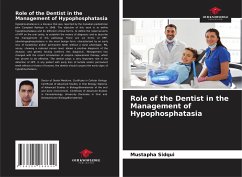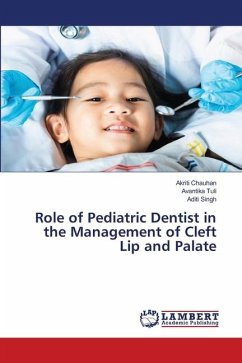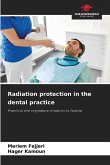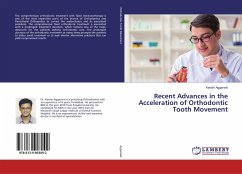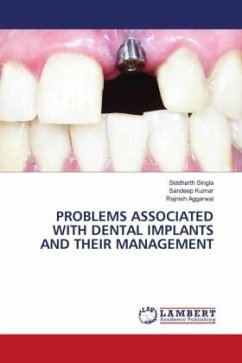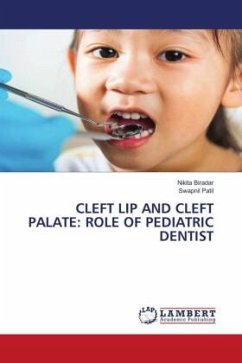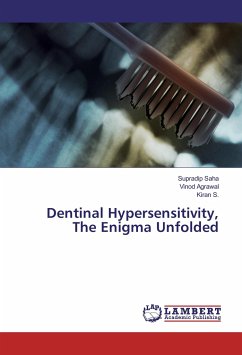Hypophosphatasia is a disease that was reported by the Canadian pediatrician John Campbell Rathbun in 1948. The objective of this work is to define hypophosphatasia and its different clinical forms, to define the repercussions of HPP on the oral cavity, to establish the means of diagnosis and to describe the management of this pathology. There are six forms of HPP, odontohypophosphatasia is the most benign form, characterized by an early loss of lactational and/or permanent teeth without a bone phenotype. PAL assay, showing a reduced serum level, allows a positive diagnosis of the disease, and genetic testing confirms this diagnosis. Management has changed with the recent introduction of enzyme replacement therapy, which has proven to be effective. The dentist plays a very important role in the detection of HPP, in any patient with early loss of lactate and/or permanent teeth without a history of trauma, the dentist should suspect the early signs of hypophosphatasia.
Hinweis: Dieser Artikel kann nur an eine deutsche Lieferadresse ausgeliefert werden.
Hinweis: Dieser Artikel kann nur an eine deutsche Lieferadresse ausgeliefert werden.

